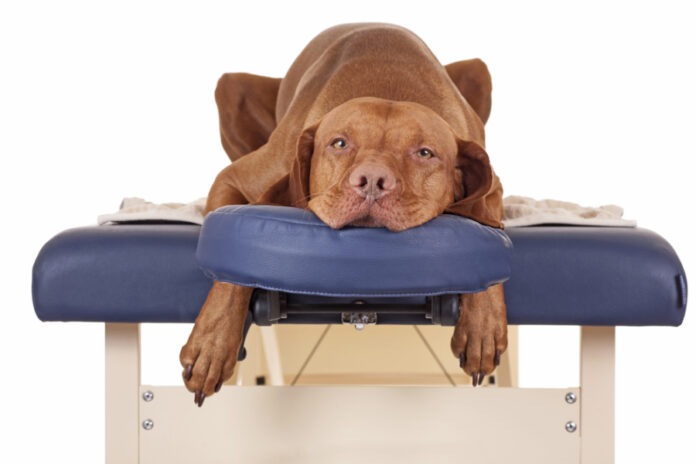Early Detection and Treatment Is Vital for a Dog with Skin Cancer

Skin cancer in dogs is a serious and potentially fatal condition, especially if left untreated. The earlier a vet diagnoses your pup, the better the chances that treatment will be successful.
Skin cancer in dogs can be difficult to spot, and dogs can’t tell you when something is wrong. Skin cancer in dogs can also be dangerous: it’s hard to detect, it grows quickly, and it can do major damage before you even know it’s there.
The good news is that this disease isn’t as common in dogs as it is in people, and early detection can make treatment more effective. That’s why it’s important to know the warning signs and check your dog regularly.
Can Dogs Get Skin Cancer and What Causes It?
Canine skin cancer is a real disease, and several things can cause it, including:
- Exposure to ultraviolet radiation
- Viruses
- Genetics
- Hormones
- Certain chemicals
Most dog breeds have a sufficient amount of fur to protect them from the sun, but short-haired and hairless dogs are at a much higher risk. A dog sunscreen is recommended for short-haired and hairless breeds to reduce the risk of excessive sun exposure.
Types of Skin Cancers in Dogs
There are a few kinds of skin cancers that affect dogs, and some of the most common types include basal cell carcinoma, squamous cell carcinoma, and melanoma.
Basal cell carcinomas grow slowly, but if left untreated, they can spread to other parts of your pet’s body. Squamous cell carcinomas are more aggressive and can spread quickly if not treated early on. Melanoma is a tumor that grows in a pigment cell, and it can be a very aggressive form of cancer that spreads to other parts of the body.
These cancers typically appear as patches on your dog’s skin that are dark or pink in color, but there are a few warning signs that can help you detect them early.
Warning Signs to Look For
What does skin cancer look like on a dog? The most common warning signs of skin cancer in dogs include:
- Redness, irritation, or scabs on the skin (this may be accompanied by hair loss)
- Lumps or bumps on the skin
- Pus from the skin
- Skin that is scaling or flaking off in large amounts (which can cause pain and discomfort)
It’s a good idea to check your dog regularly for these signs so that a possible cancer can be diagnosed and treated early.
If You Think Your Dog Has Skin Cancer, Don’t Wait to Visit the Vet
Get your dog to the vet as soon as possible if you suspect she has skin cancer. The sooner the cancer is detected, the more effective the treatment will be. Conversely, the longer you wait, the more difficult it will be to treat, and the more likely it is that the cancer will metastasize (spread).
If your veterinarian notices a suspicious lesion or growth on your dog’s skin, they’ll perform a biopsy and send it for analysis. Your veterinarian will also discuss possible treatments, which can include surgery, radiation therapy, and chemotherapy.




